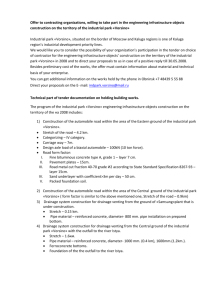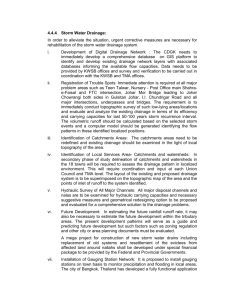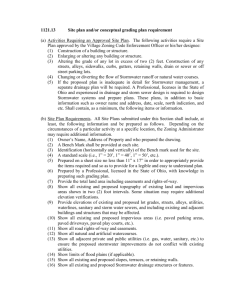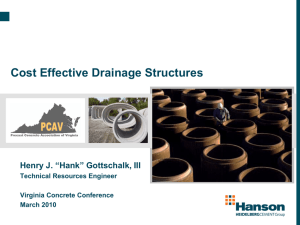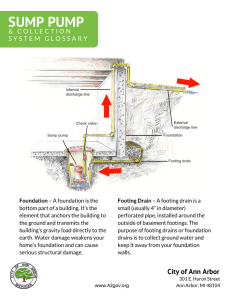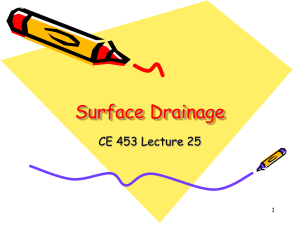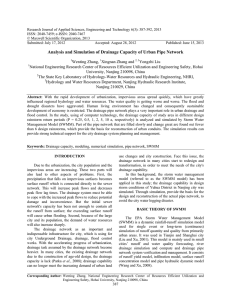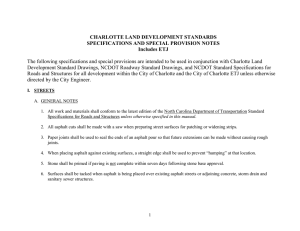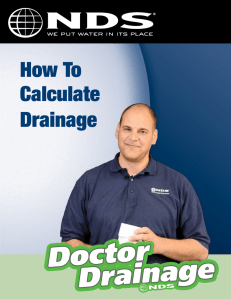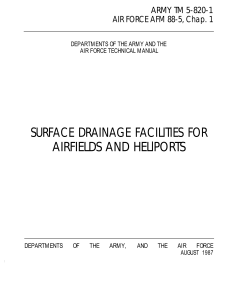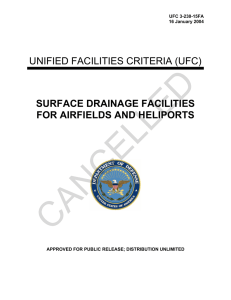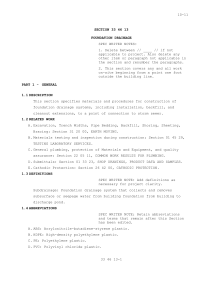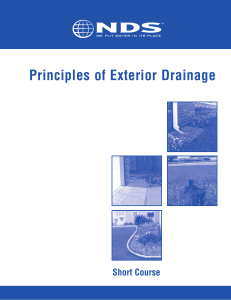Dear Home Owner: Storm Water drainage issues are one of the
advertisement
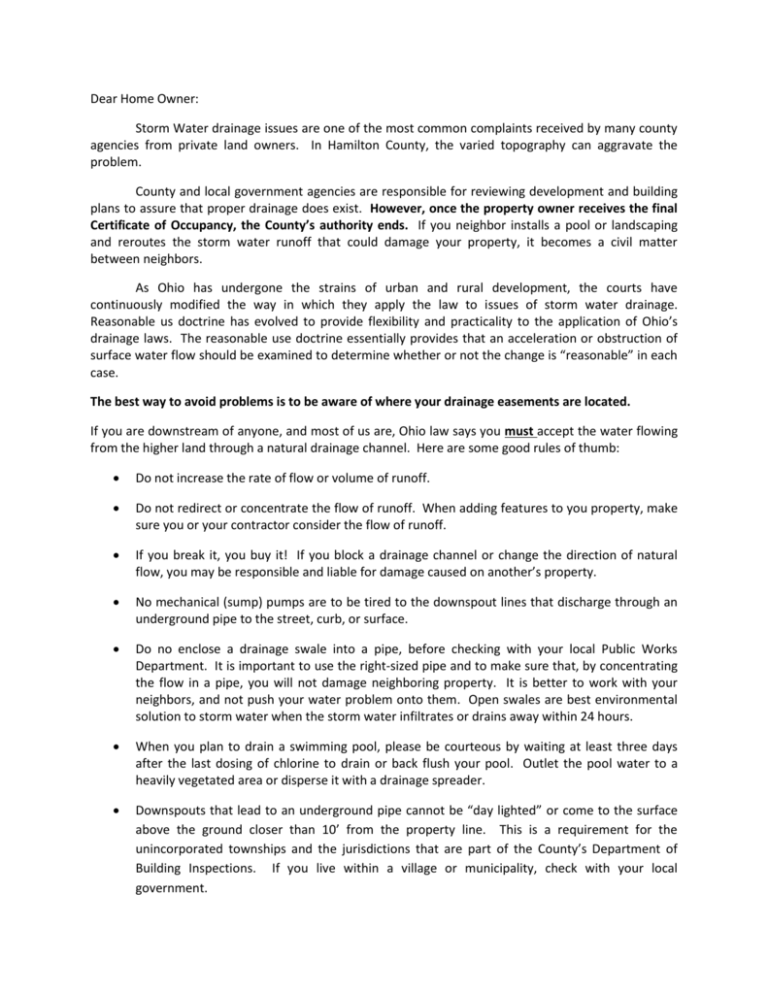
Dear Home Owner: Storm Water drainage issues are one of the most common complaints received by many county agencies from private land owners. In Hamilton County, the varied topography can aggravate the problem. County and local government agencies are responsible for reviewing development and building plans to assure that proper drainage does exist. However, once the property owner receives the final Certificate of Occupancy, the County’s authority ends. If you neighbor installs a pool or landscaping and reroutes the storm water runoff that could damage your property, it becomes a civil matter between neighbors. As Ohio has undergone the strains of urban and rural development, the courts have continuously modified the way in which they apply the law to issues of storm water drainage. Reasonable us doctrine has evolved to provide flexibility and practicality to the application of Ohio’s drainage laws. The reasonable use doctrine essentially provides that an acceleration or obstruction of surface water flow should be examined to determine whether or not the change is “reasonable” in each case. The best way to avoid problems is to be aware of where your drainage easements are located. If you are downstream of anyone, and most of us are, Ohio law says you must accept the water flowing from the higher land through a natural drainage channel. Here are some good rules of thumb: Do not increase the rate of flow or volume of runoff. Do not redirect or concentrate the flow of runoff. When adding features to you property, make sure you or your contractor consider the flow of runoff. If you break it, you buy it! If you block a drainage channel or change the direction of natural flow, you may be responsible and liable for damage caused on another’s property. No mechanical (sump) pumps are to be tired to the downspout lines that discharge through an underground pipe to the street, curb, or surface. Do no enclose a drainage swale into a pipe, before checking with your local Public Works Department. It is important to use the right-sized pipe and to make sure that, by concentrating the flow in a pipe, you will not damage neighboring property. It is better to work with your neighbors, and not push your water problem onto them. Open swales are best environmental solution to storm water when the storm water infiltrates or drains away within 24 hours. When you plan to drain a swimming pool, please be courteous by waiting at least three days after the last dosing of chlorine to drain or back flush your pool. Outlet the pool water to a heavily vegetated area or disperse it with a drainage spreader. Downspouts that lead to an underground pipe cannot be “day lighted” or come to the surface above the ground closer than 10’ from the property line. This is a requirement for the unincorporated townships and the jurisdictions that are part of the County’s Department of Building Inspections. If you live within a village or municipality, check with your local government. An ounce of prevention will pay off when it comes to maintaining drainage channels. Keep the swale clear of brush and logs. Never put leaves, mulch or grass clippings in or near a stream or swale. If you live near a water source, plant a buffer of natural vegetation and establish a no mow zone. This will serve as an inexpensive filter of pollutants. Maintain and control vegetation in channel or place rock channel protection or dump rock (ODOT type C) in channel to dissipate the energy flow and reduce erosion. Never plant trees in the swale. If you live adjacent to a stream and have an above ground downspout line, extend this pipe to the stream to avoid erosion.

